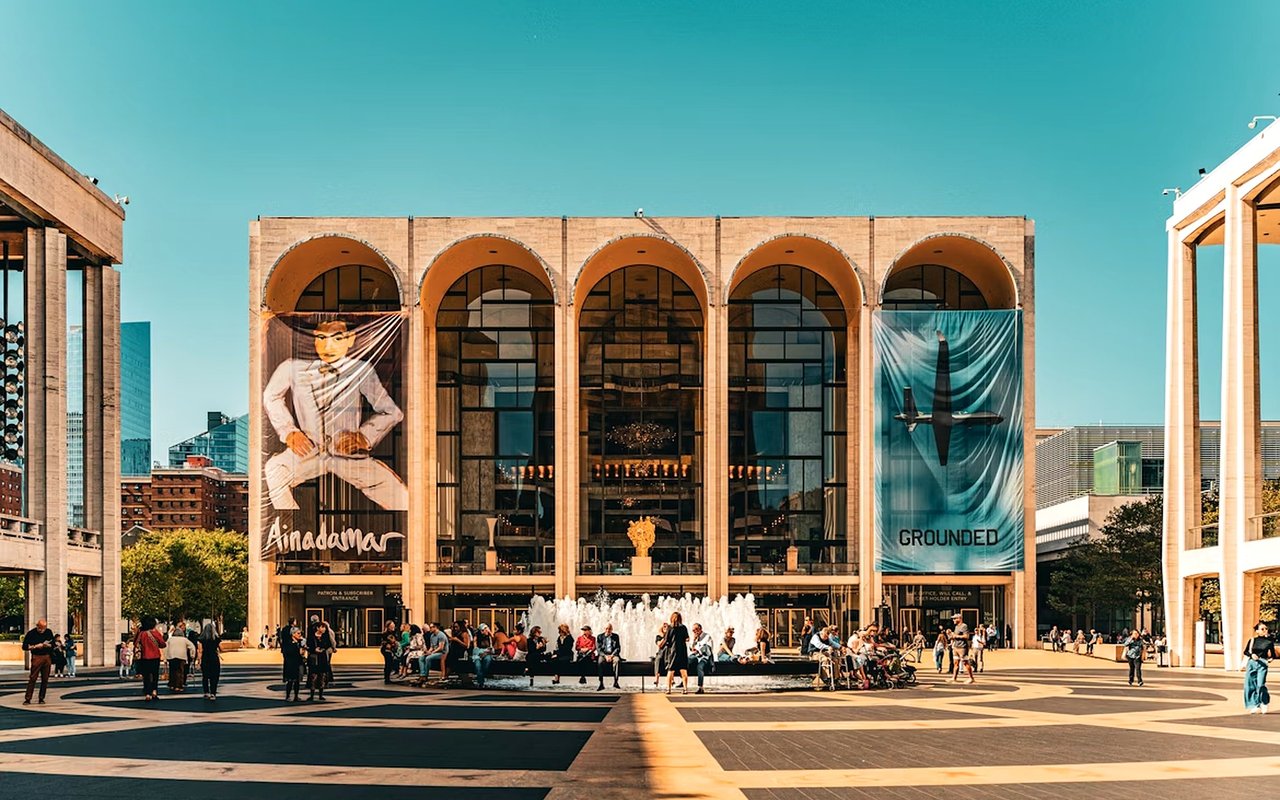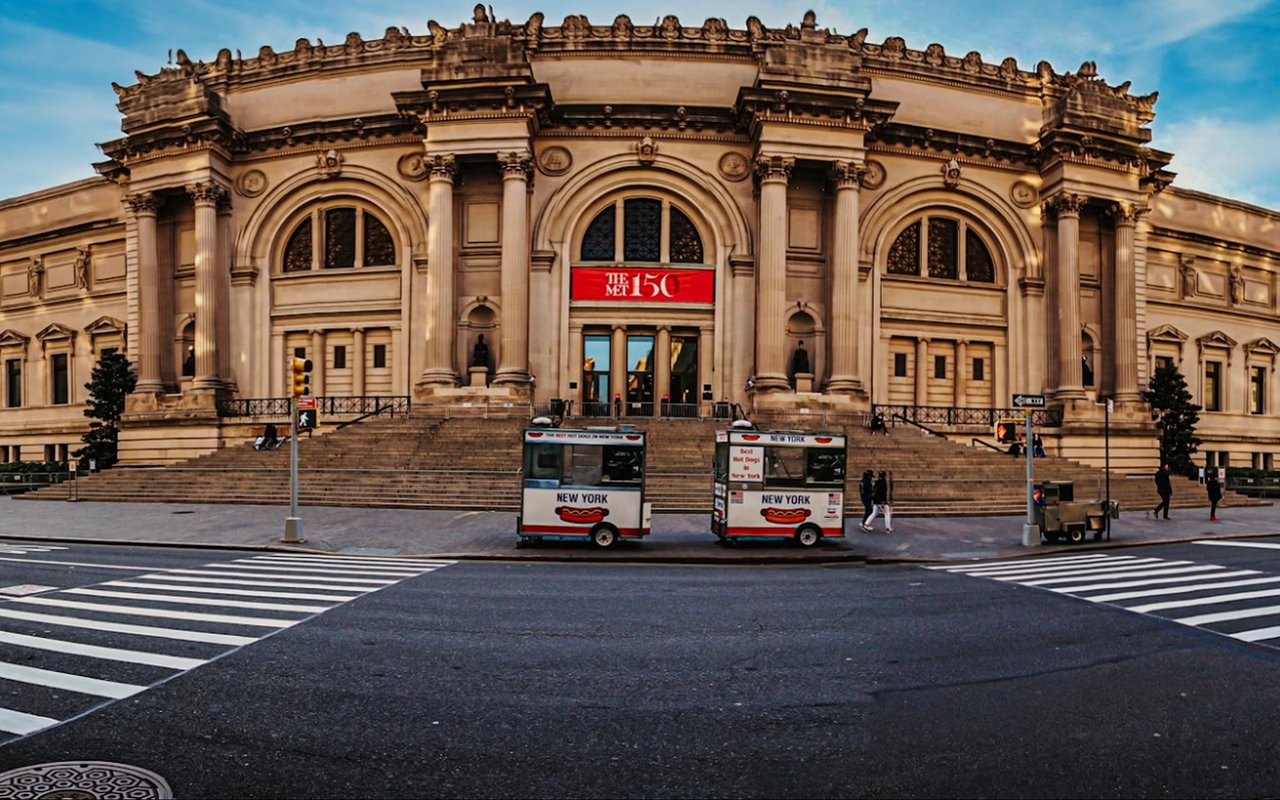Home remodeling in New York, NY, requires a blend of vision, practicality, and patience. Whether you're dealing with a compact Manhattan apartment or a brownstone in Brooklyn, the key to a successful remodel is understanding the space you're working with and planning smart upgrades that make the most of every square foot. A remodel here is not just about style, but function, efficiency, and working within the city’s architectural and regulatory framework.
From permits to floor plans, every detail matters. Here are some remodeling tips in New York, NY, to help you turn your home into a more functional and beautiful living space.
Understand the Building's Rules
Before selecting a paint color or hiring a contractor, you need to understand your building's regulations. Co-op and condo boards often have strict remodeling guidelines. These might include limitations on working hours, material use, and elevator reservations. Some even require that contractors be approved vendors. Skipping this step could result in delays or denials that waste time and money. Knowing your building’s requirements ensures your remodel begins on solid footing.
Optimize Every Square Foot
Space is a premium commodity in New York, so every design decision should have a purpose. Consider multifunctional furniture, built-in storage, and customized cabinetry that makes use of vertical wall space. Open shelving in the kitchen or recessed shelves in the bathroom can free up valuable real estate without sacrificing aesthetics.
If you’re working in a smaller apartment, you might also want to explore sliding doors, glass partitions, or foldaway furniture to help the layout feel more open.
Consider Your Building’s Age and Systems
Many New York homes were built long before modern standards. That charm often comes with quirks, like outdated plumbing or electrical work. Before beginning demolition, conduct a full inspection. This is especially true for pre-war buildings, which may have aging infrastructure hidden behind walls. Identifying potential challenges early prevents future headaches and allows your contractor to plan for any updates that need to happen behind the scenes.
Choose Materials That Stand the Test of Time
With so much wear and tear from New York’s urban lifestyle, durability is key. Hardwood floors are timeless, but engineered wood can offer a similar aesthetic with increased resistance to humidity and temperature changes. Quartz countertops, ceramic tiles, and moisture-resistant wall finishes all hold up well in city environments. Sticking to a neutral base allows you to switch out decorative pieces seasonally without redoing your interiors every few years.
Stay Mindful of Natural Light
Natural light in New York homes can vary greatly. South-facing windows might flood a room with sunshine, while lower-level apartments may rely heavily on artificial lighting. The way you remodel should reflect this. Consider how mirrors, light-colored finishes, and glass can help reflect and spread light throughout your space. Adding under-cabinet lighting in the kitchen or LED strips in closets can also enhance visibility without taking up space.
Make Your Kitchen Work for You
In many New York apartments, the kitchen isn’t a separate room, but a part of the main living space. Remodeling the kitchen should be about function and flow. Streamlined cabinetry, efficient appliance layouts, and counter space are all priorities. Pull-out pantries, under-counter refrigerators, or microwave drawers can give you more room without compromising design. For open-concept layouts, consider adding a kitchen island that doubles as a dining table or workspace.
Lean into Smart Technology
Smart upgrades are becoming more common in city homes. From touchless faucets to integrated lighting systems, technology can enhance comfort and efficiency. If you're remodeling in New York, think about installing programmable thermostats, voice-activated lighting, or even discreet charging stations built into your counters or nightstands. Some smart systems can even help reduce your monthly utility bills, which is a bonus for long-term value.
Work With a Designer Who Knows NYC
Even if you’re hands-on, working with a designer who understands New York’s unique architectural styles and permitting processes can make a big difference. A local expert can guide you through material sourcing, floor plan optimization, and help you avoid delays due to building restrictions.
Plan for Logistics
In New York, logistics can be just as important as design. How will materials be delivered? Will debris removal require a permit or elevator access? Is there room to store building materials? These are all questions that need answers before demo day. Coordinating with your contractor, neighbors, and building superintendent helps minimize friction and keeps your project on schedule. Many remodeling tips in New York, NY, focus on creativity, but none of that matters if you can’t physically get a marble slab up five flights of stairs.
Always Have a Contingency Budget
Costs in New York can escalate quickly. Labor, materials, and permit fees tend to be higher than in most other parts of the country. Because of this, it’s wise to add a 15–20% contingency to your remodeling budget. This buffer gives you peace of mind if something unexpected comes up. Whether it’s a plumbing issue or a last-minute design pivot, you’ll be prepared.
Partner With a Real Estate Professional Who Understands Your Market
Remodeling in New York can influence your property’s market value. Knowing what buyers in your neighborhood prioritize can help you make more informed choices about layout, finishes, and upgrades.
The team at Coldwell Banker Warburg brings insight into how remodeling trends intersect with real estate trends in New York, NY. From advising on high-ROI upgrades to connecting you with trusted local professionals, they are here to help you navigate every step of your home journey. Whether you’re remodeling to sell or planning to stay long-term, working with the right guide makes all the difference. Contact Coldwell Banker Warburg to get started today!
*Header image courtesy of Unsplash




